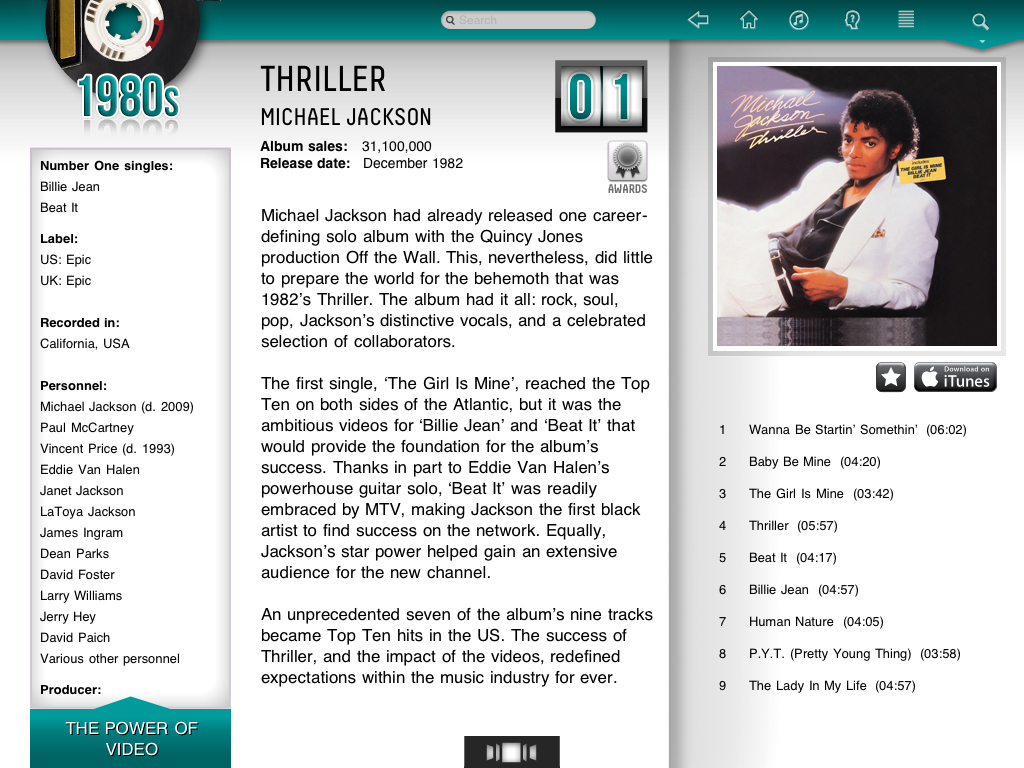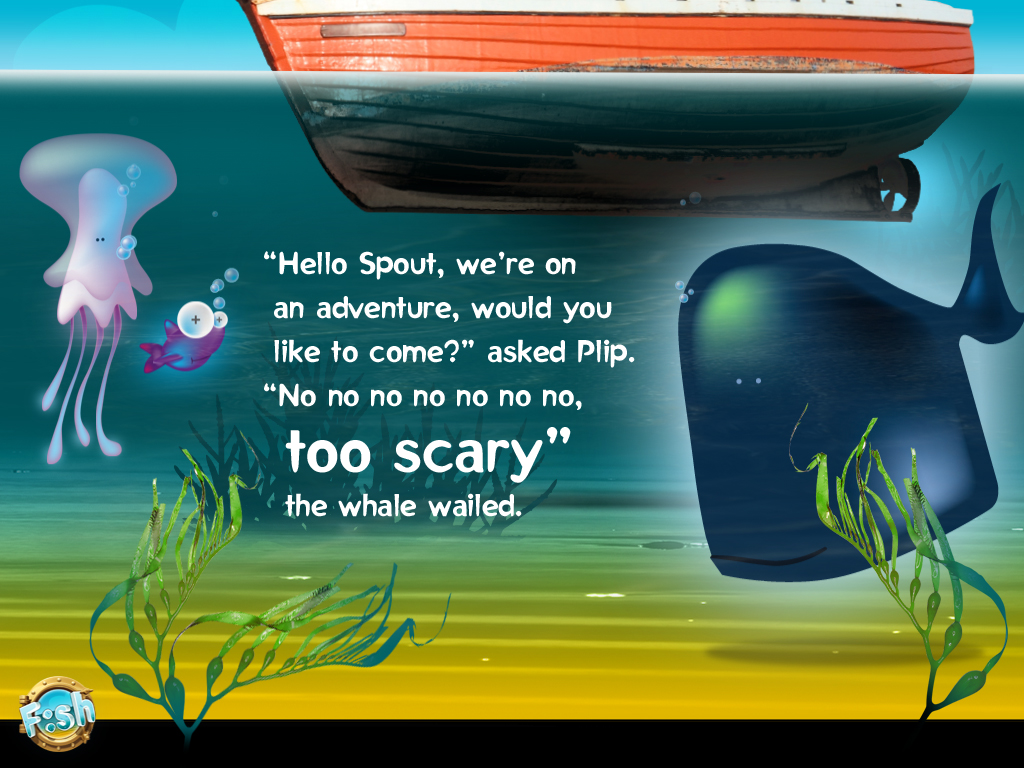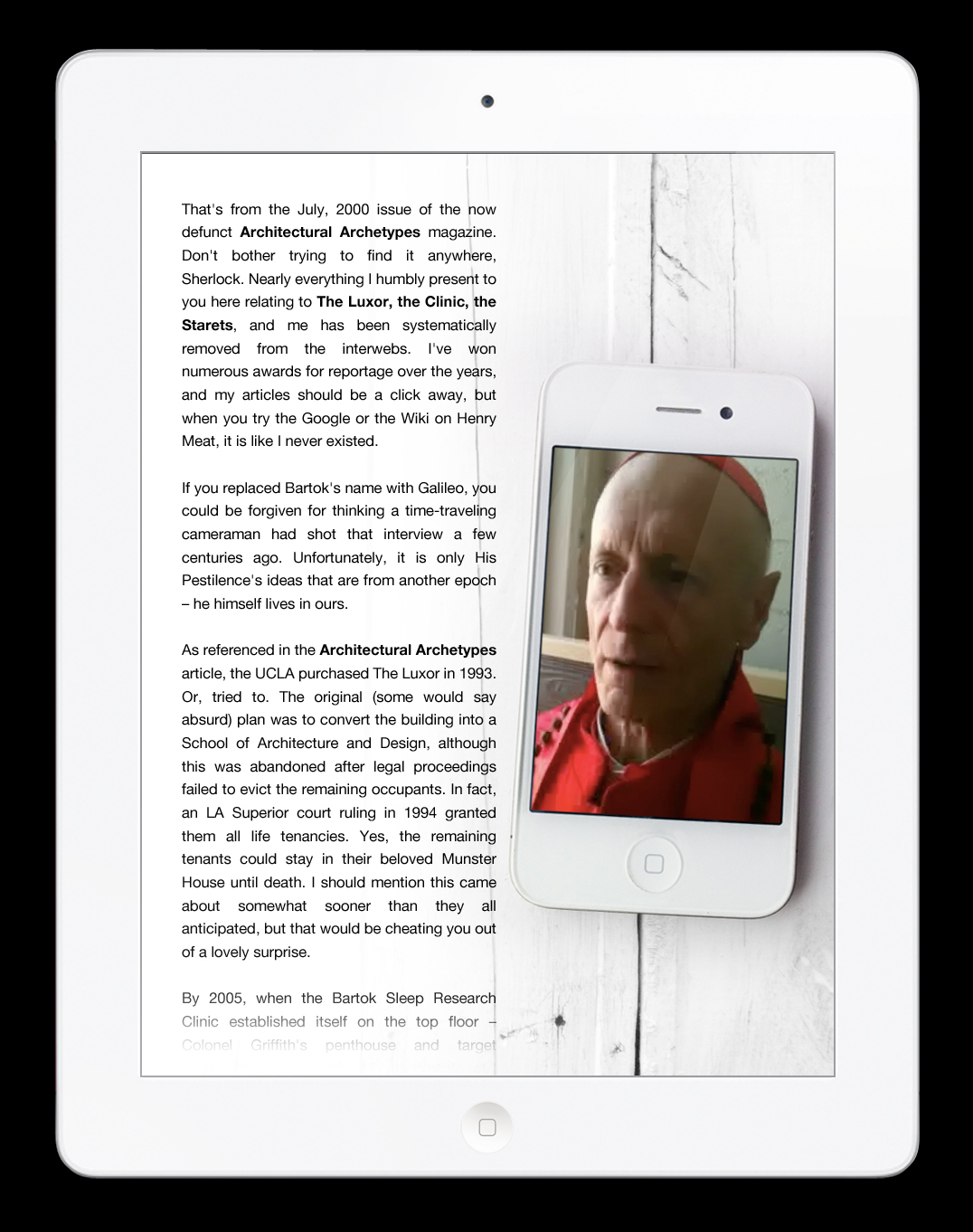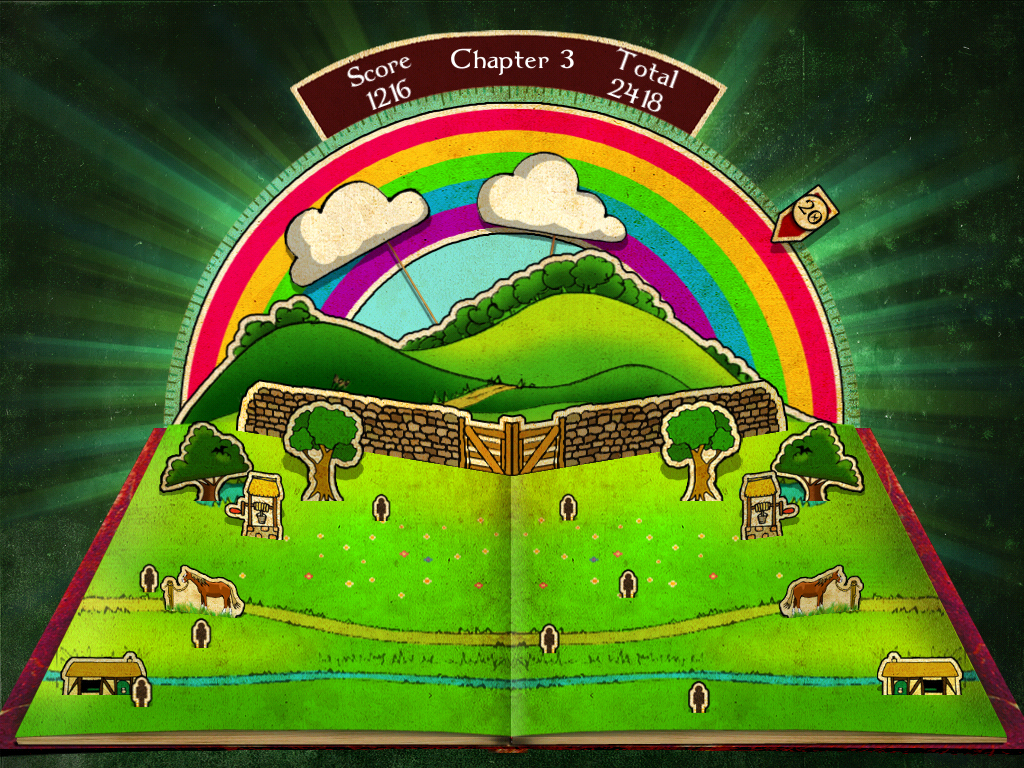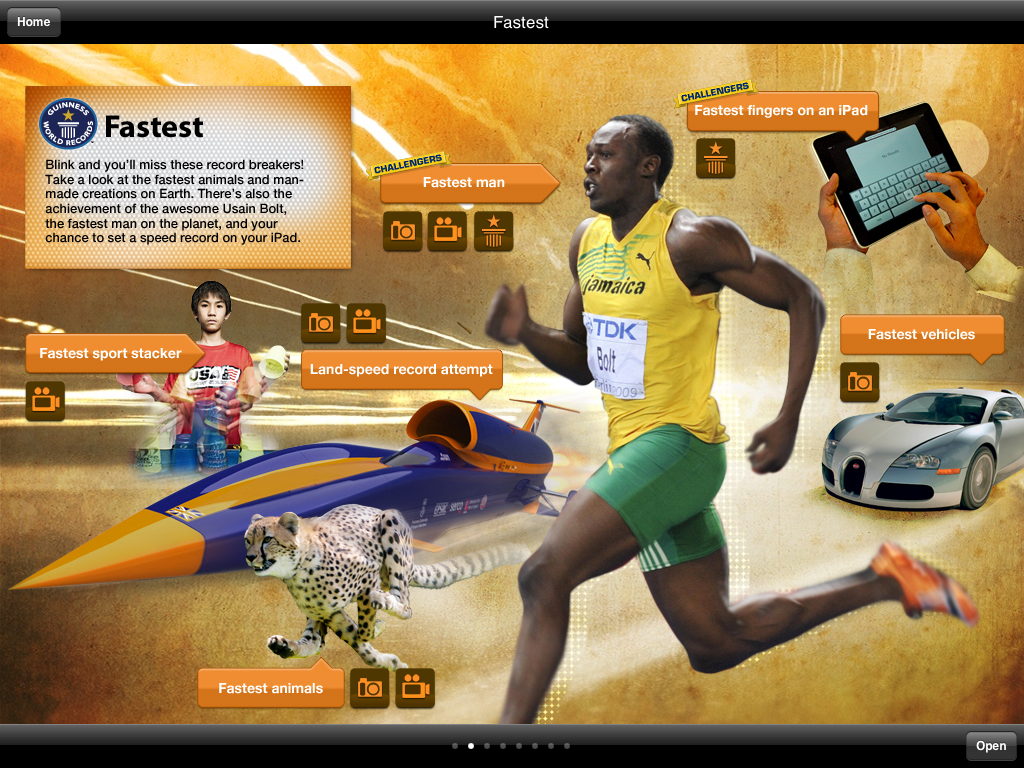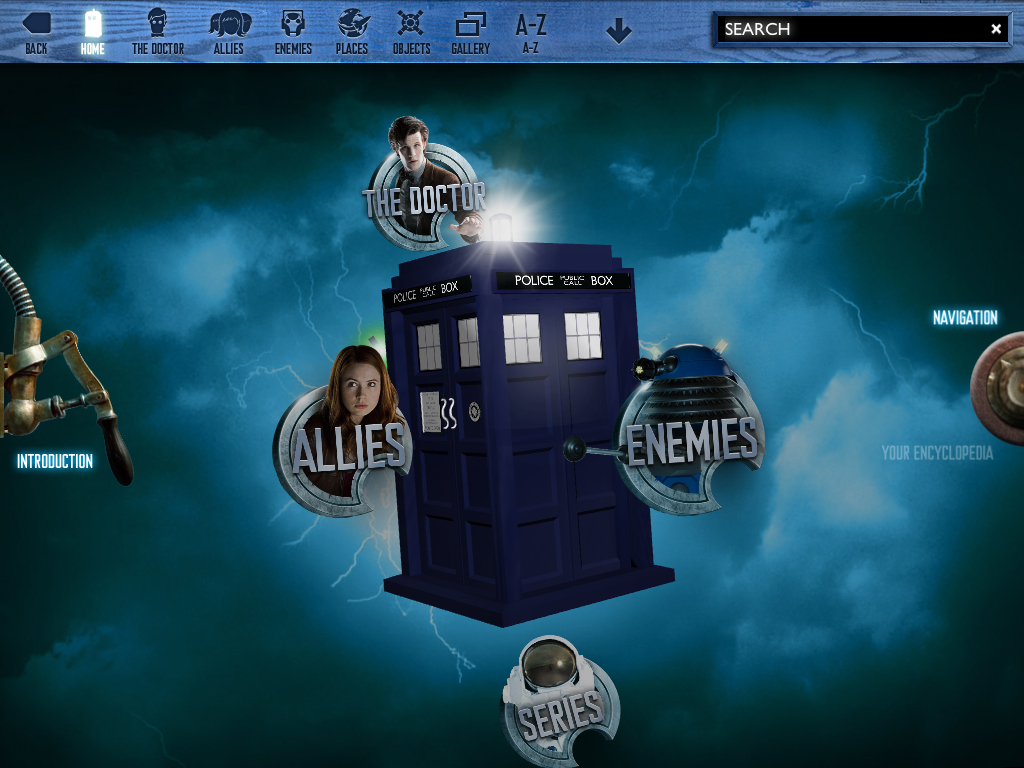We yearn for independence, yet struggle to manage increasing levels of communication and distraction. So where do we draw the line and what lies in store for our connected future?
At LeWeb in Paris last December, the term ‘Enchanted Objects’ was used to describe Wearable Technology. It’s a nice phrase and covers the interaction and solution as well as the hardware.
Others stated that wearables were all about data, its delivery and the results. However, that's like saying everyone bases their smartphone, tablet or laptop buying decision on the operating system alone. The smartwatch market has to deliver on all counts: to look and feel special AND tell the time for at least 24 hours.
Not a great start for the Apple Watch with a maximum of 18 hours then? Not perfect by any means but Apple’s new device (and the consumer/media scrum surrounding it) is likely to light the blue touch paper under the wearable tech industry.
To make the point, Wearables and Jeremy Clarkson captured a lot of the headlines last week, with Apple’s Spring keynote revealing the features, price and launch date of the Apple Watch plus the Wearable Technology Show bringing the great and the good of the industry together at ExCeL in London, where I was fortunate enough to speak on the opening panel and host the second day of the Augmented and Virtual Reality track.
So what can we expect from our Enchanted Objects in the not-too-distant future? CES and MWC offered a raft of products and platforms, so I’ve highlighted four key areas where devices, sensors and data need to play nice to deliver a seamless (and often invisible) experience. We don’t want to do more things, we need things to do more.
The Car
The temptation is to use the screens we carry as extensions of the dashboard. Don’t. Automotive designers spend years training and honing their skills. They design and build an ergonomically sound environment, with information displayed at the right size in the right place. As soon as you add a randomly-placed small phone screen or attempt to glance at your wrist, all the good work is undone.
Leave the screen, continue the journey – that’s the message to drive home (no pun intended). Our connected devices should talk to each other without our prompting, be aware of their surroundings and our habits. Mid-track streamed music and telephone conversations are already transferrable when we sit in some manufacturers’ vehicles. Social channel conversation and navigation on foot then on wheels are the next step. Take a half-written Twitter message, finish and send it via voice instructions and have the responses fed back through audio rather than visual channels.
The autonomous cars of the ‘future’ are with us already, they’re just not available to buy yet. The issues over screen distraction will take a back seat (again, no pun, etc) so we’ll find more to keep us occupied, but that won’t be car-specific – it will be the same interaction and distractions we experience outside the vehicle! I’m not saying anything about Apple Car, yet…
The Mall
Location, location, location. The infrastructure still has some way to go but our devices need to talk to retailers before we even leave the house, then the location-specific content kicks in via GPS or iBeacon. Find our parking space, log our arrival time and reimburse our fees if we’ve spent the right amount in the right places.
When we’re in, direct us to offers we’ll find attractive from brands we follow, guide us to the right in-store concession, then allow us to pay for it or order it if there’s no stock available. Also offer alternative local stores to continue the experience.
This should be a brand-agnostic experience. We need to see everything relevant as no one wants to fill their phone or watch with apps for each brand or service.
The House
“Why is the fridge empty?” “because it forgot to reorder groceries”. How long before we’re blaming our devices for the things we used to take responsibility for? This is an important section to cover in the ‘Internet of Things (IoT)’ but manufacturers have made a lot of progress here, we just haven’t adopted it all yet. Our phones can tell our thermostats we’re nearly home ensuring optimal temperature upon our arrival, saving energy and avoiding discomfort. We can control all the lights with an app and the full entertainment system can deliver playlisted content from dusk till dawn.
I have a wifi-enabled kettle controlled by an app. Do I need it? No. Do I want it? Yes, but I’m not normal. The challenge ahead is the same faced by auto manufacturers – what to leave out. We can automate almost anything but some things just don’t need to be connected.
The Event
Let’s talk music. You buy an album, or maybe you don’t. You stream the album without paying for it, you follow your favourite band but where’s the depth? Well, there’s the concert but this is hardly a regular occurrence so the future for connecting artists with their audiences lies in the ability of devices to extend the main event throughout our daily routines.
Audio watermarking offers an incredible opportunity to not only deliver stunning live light shows at venues and through second screen interaction, but also monitor listening habits and reward fans based on music played and ‘collected’.
Connected devices should steer us to the music we want, help us buy, build or consume, then lead us to performances with specific ‘money-can’t-buy’ rewards to keep us coming back for more.
Voice activation is one input method that spans all the above. In a perfect world, this form of interaction could offer the best solution for hands-free, platform and device agnostic progress. In reality, we have social boundaries to cross and habits to break before verbal outbursts on train platforms or in the office are acceptable. It’s less of an issue in the home or car, but we’re not happy to shout at our devices in public. I give it five years, but let’s avoid innovation for innovation’s sake.




